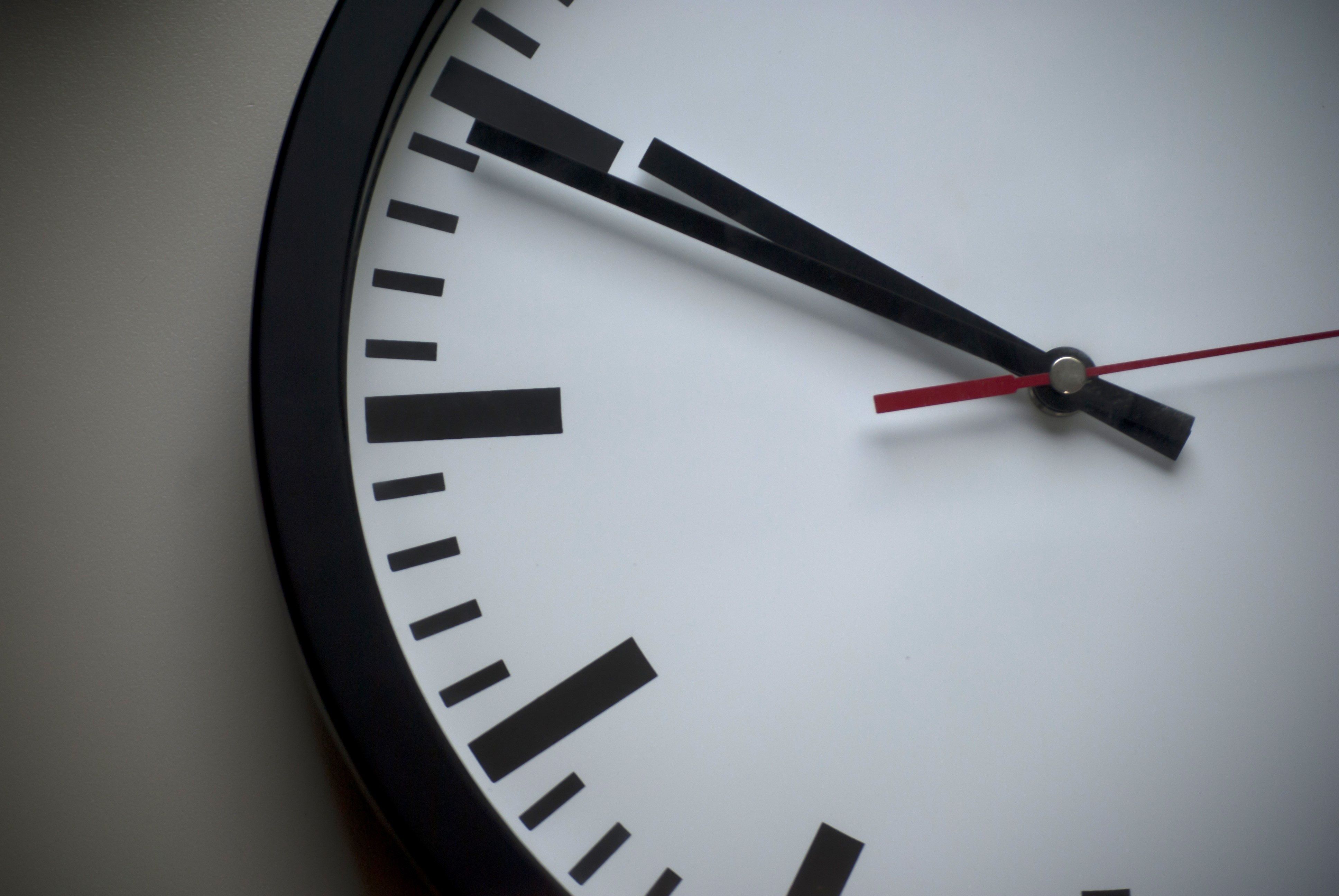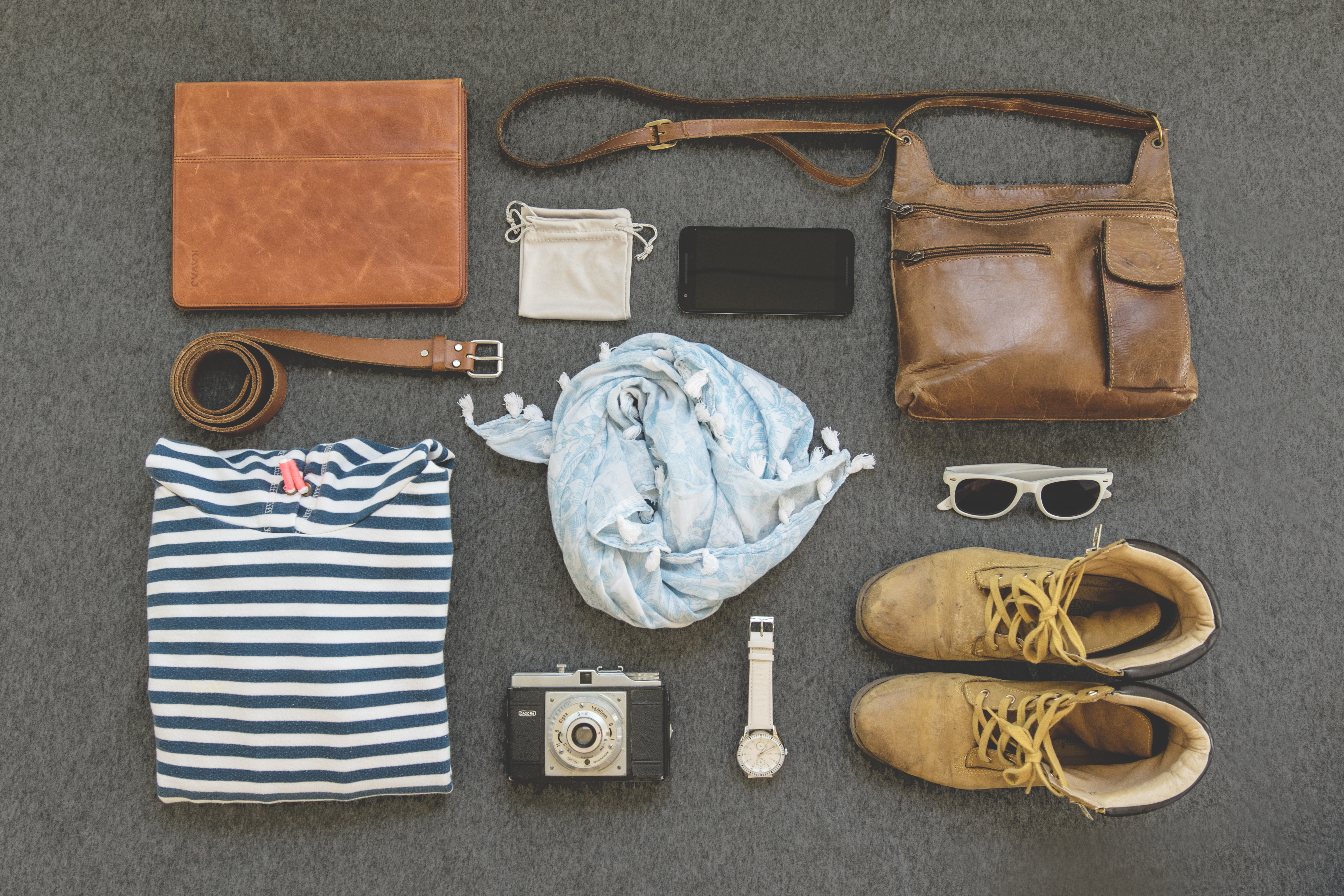
In 2015 I experienced a significant mind-shift in the midst of recovering from some major burnout.
Flashback to 2014: I was going through life’s motions, wanting to but not able to find my true “purpose”, struggling to keep up with our family routines and feeling busy and overwhelmed by day-to-day tasks and responsibilities.
My experience is not singular. We have all experienced the kind of major life change (children, separations, moves, illnesses and career promotions, to name just a few) which throws our sense of organization, structure and well-being into question. At the very moment I was experiencing just such a shift, I encountered Mindfulness, Minimalism and Marie Kondo, three pillars that ultimately, after months spent first healing my physical self, brought me a renewed sense of myself, my abilities, my purpose and lead me to a more focused and organized way of living.
The Cluttered Mind – Mindfulness
Mindfulness is living in the here and now, without judgment, from moment to moment. I was first introduced to the concept of Mindfulness through an ex-colleague who had taken a course introducing its concepts and methods. At that time I was overwhelmed by the seemingly endless to-do lists and responsibilities of work and family, so much so that I was unable to enjoy the big or little moments that I knew were supposed to be “fun” or “relaxing”. All I could see was a series of tasks stretching out in front of me, endlessly and joylessly. My colleague wisely thought a course like the one she had taken might be just the thing to help me out of this funk.
Mindfulness has been practiced for centuries by Buddhists and was brought to the West in the nineteen-seventies by Jon Zabat-Zin, who developed its principals into a program called MBSR to assist individuals suffering from acute illnesses. Over the last few decades, it has been further adapted into a skill-set that can be learned to help practitioners cope with depression, stress or addiction.
In early 2015, I finally attended an eight-week Mindfulness training course. It was then I realized for how long I had been suffering from the effects of untreated stress and depression, largely because I had set the bar too high for my own personal achievements. I was trying too hard to do and have it all. The course taught me how to be less judgmental of myself, practice patience, accept my reality and let go of what I cannot control.
We never seem to have enough time in the day, we run from place to place and shift from task to task, all the time hoping for a miracle cure to our time management crisis. I have learned there is no one organization app that will solve your problems or a cure-all time management style that will release you from your commitments. Instead, Mindfulness is a way to pause, feel the discomfort or pleasure of a moment, slow down the thought process and focus more clearly on what you want to achieve out of your life.
Not sure if you are ready just yet to try Mindfulness? I recommend any of the following by way of introduction:
- Headspace: an app that will teach and lead you through meditation; made for our busy lives, it can easily be slotted into your work commute, lunch break or before bed each day.
- Coloring Books for Adults: these have become all the rage and for good reason. Take a coloring break with your child and discover how the mind automatically quiets, you won’t be able to think of to-do lists when focused on coloring between the lines.
- Running: need something more active? Just 30 minutes of running can give your mind rest, spark creativity (and endorphins) and reduce the blues.
The Cluttered Life – Minimalism
At the mention of “minimalism” most people automatically picture a stark white room with a singular chair, perhaps a lamp, all of a Scandinavian design, of course. These days, though, minimalism isn’t necessarily about living sparsely but rather living life more intentionally. In our modern lives we are searching for more purpose, redefining what success is and, ultimately, what it means to be happy. There is no standard set of rules or guidelines that you must follow to be a true minimalist; it is a lifestyle choice for you to define in whatever way works for you, by minimizing the excesses that distract you from achieving contentment.
I have always considered myself a thoughtful selector of the items I choose to bring into my home. Having moved a multitude of times over the course of my life I realized early on I had no desire to pack, carry and unpack a large household with many extraneous items. When I discovered the minimalist lifestyle I finally had a word for they way in which I already aspired to live, and as I dove deeper into the idea of Minimalism I realized how I could apply the same concepts of de-cluttering my home to all areas of my life. I now free up resources and streamline my lifestyle to live a more intentional and productive life. In doing so, my relationships with friends and family have never been better, and every day my purpose in life becomes clearer and more defined.
To learn more about Minimalism, I suggest you check out: www.theminimalists.com, www.becomingminimalist.com/ or nosidebar.com/
The Cluttered Home – Marie Kondo
2015 was the year of Marie Kondo. This Japanese organizing and de-cluttering guru captured our attention with her book “The Life Changing Magic of Tidying Up: The Japanese Art of Decluttering and Organizing”. For those of you who may not have heard all about her methods by now, Kondo has developed a unique perspective and organizing method called the KonMari method. She recommends that you physically touch every item you own, register your emotion, ask yourself “Does it spark joy?” and if the answer is “yes“, keep it, if it doesn’t, get rid of it, even if you can name a thousand other reasons to keep it. Kondo’s method is black and white, and she argues that applying the method to your own home leaves you surrounded only by the things you love and value most.
As a professional organizer, I read her book early on. At first, I had my reservations: Kondo is a young, single professional living in Japan, so how could she understand our lifestyle with two busy kids and two working parents? Yet I found that even though my house is streamlined and orderly, I could look at the remaining objects and ask myself, does it spark joy? And, sure enough, several items in my home sparked no joy. Items we collected over the years that at one point in my life were meaningful, even beloved, but now left me flat. We all struggle with the emotional attachment to our belongings, and by using Kondo’s method I was able to finally let go of several items, including a leather jacket I bought in college on a trip to Italy that no longer served me or gave me joy. I still have the memories, but I don’t need the reminder taking up precious space in my wardrobe.
If you would like to learn more about the KonMari method, the first step is to read her book. Also, just this month she released a new step-by-step follow-up book called “Spark Joy: An Illustrated Master Class on the Art of Organizing and Tidying Up.” It is a comprehensive companion to her original book fully illustrating her method of folding and storing clothing and how to de-clutter all the categories of your home.


 The rain jackets and scarves might not be saying summer near my home, but my summer destination is forecasted to be hot, hot, hot. This is the perfect opportunity for me to try out a Summer Travel Capsule Wardrobe.
The rain jackets and scarves might not be saying summer near my home, but my summer destination is forecasted to be hot, hot, hot. This is the perfect opportunity for me to try out a Summer Travel Capsule Wardrobe.
